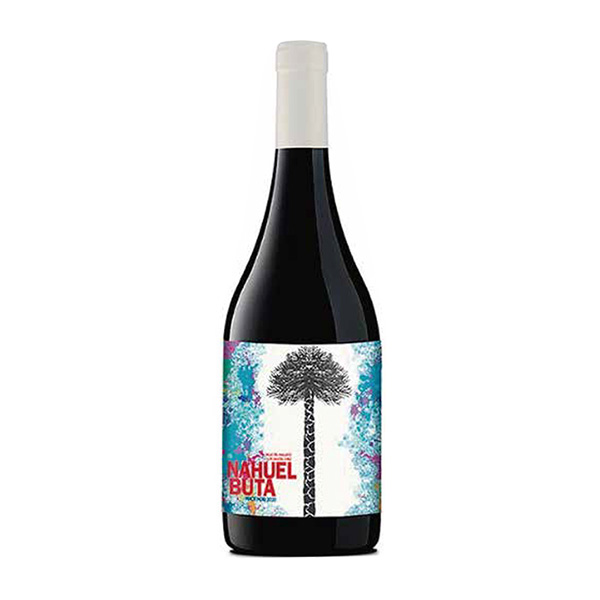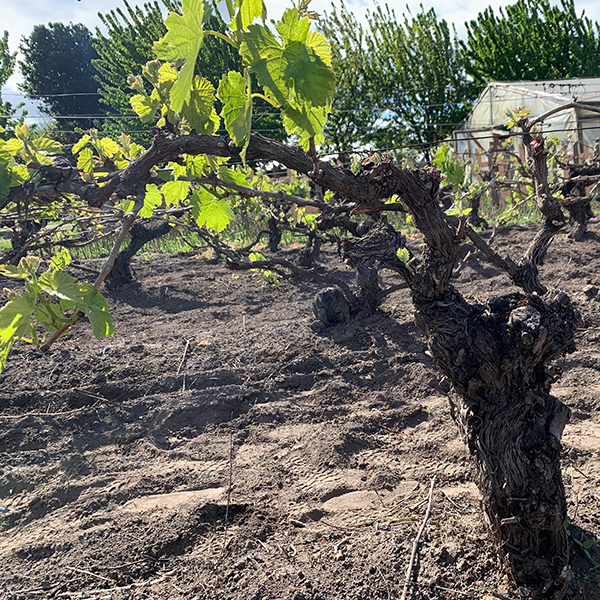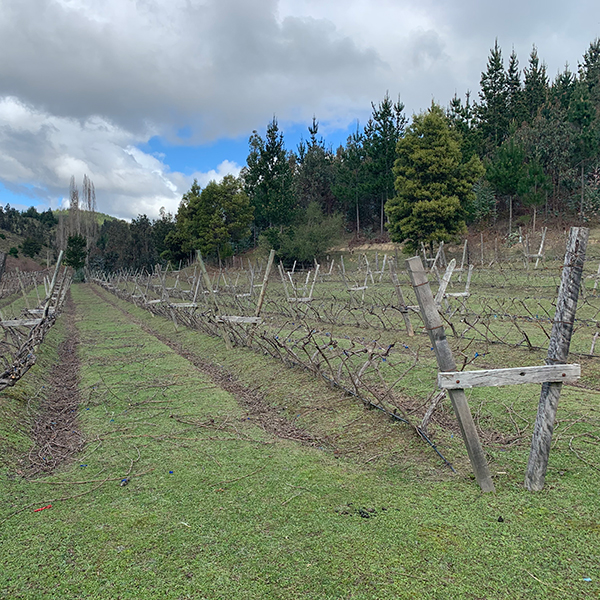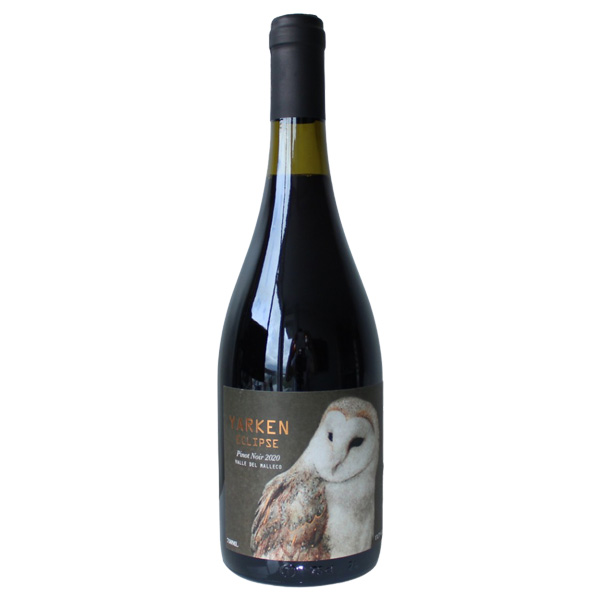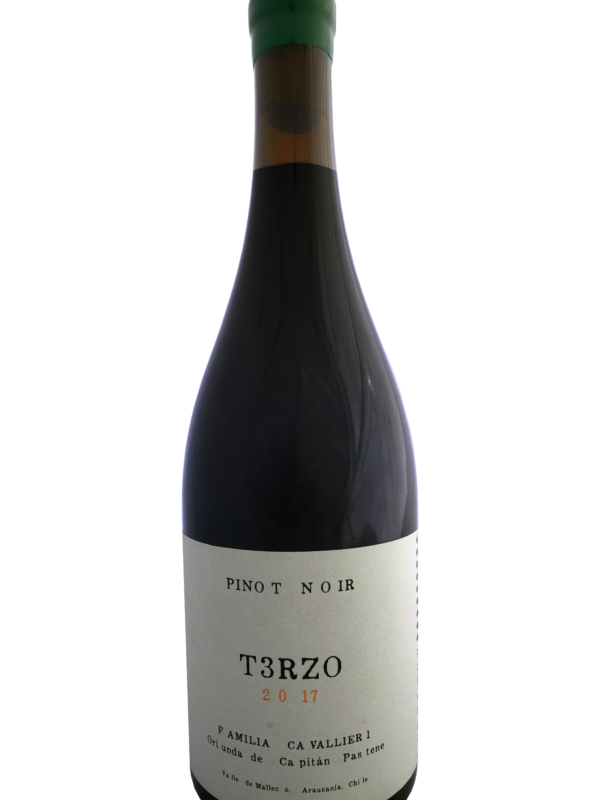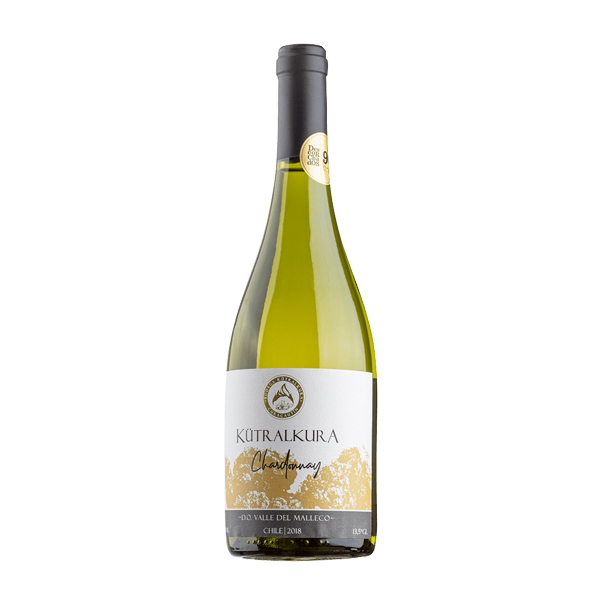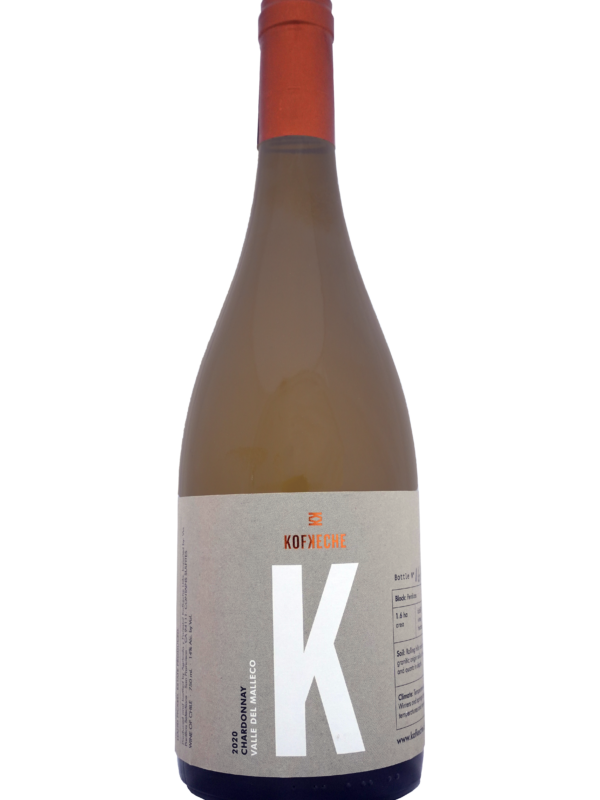Nahuelbuta
 WINERY CAPITÁN PASTENE
WINERY CAPITÁN PASTENE
Years: 2020 / 2021 / 2022
100% Pinot Noir
Alcohol: 13%
Bottles Produced: 2,000
DO Malleco Valley, La Araucanía
Description
Description
Nahuelbuta comes from the Nahuelve vineyard, planted 20 years ago in the commune of Los Sauces, in the Nahuelbuta range foothills. The vineyard sits at an altitude of 200 meters (660 feet), and its soils are composed of reddish-brown, deep clay loam of volcanic origin, formed in part by metamorphic rocks. Gravel, some of it containing quartz, is found throughout.
The climate is oceanic-Mediterranean, with cold, rainy winters and dry summers. Annual precipitation is over 900 mm (35 inches). These climatic conditions recall the cool temperatures of Burgundy more than the heat of Chile’s Central Valley, and they allow freshness and acidity to shine from the wines.
The vineyard is farmed conventionally, though with minimal treatments. Vines are trained in two ways: lyre and double cordon, and drip irrigation is applied.
The winery utilizes stainless steel tanks, a destemmer, a hydraulic press, and clay amphorae produced by a local artisan. No wines are aged in oak. VICAP seeks to offer honest wines made with minimal intervention throughout the winemaking process.
The vinification process started with a cold, 7-day maceration at temperatures between 6-8 °C (42-46 °F). Daily pump-overs permitted even temperatures and gentle color extraction. Temperatures were allowed to rise naturally after maceration, with must temperatures rising from 8 °C (46 °F) to 18-20 °C (64-68 °F) over a few days, during which fermentation started slowly with native yeasts. Alcoholic fermentation lasted 16 days, with twice daily punch-downs on the first two days, after which there were two short pump-overs per day for three days in order to wet the cap and facilitate the homogenization of the must, and from day six onwards one daily pump-over until the end of alcoholic fermentation. Finally, the must macerated on the skins under ambient temperatures until completion of the 30-day process. No sulfur was applied at pressing, and only a small quantity was used at the end of malolactic fermentation.



